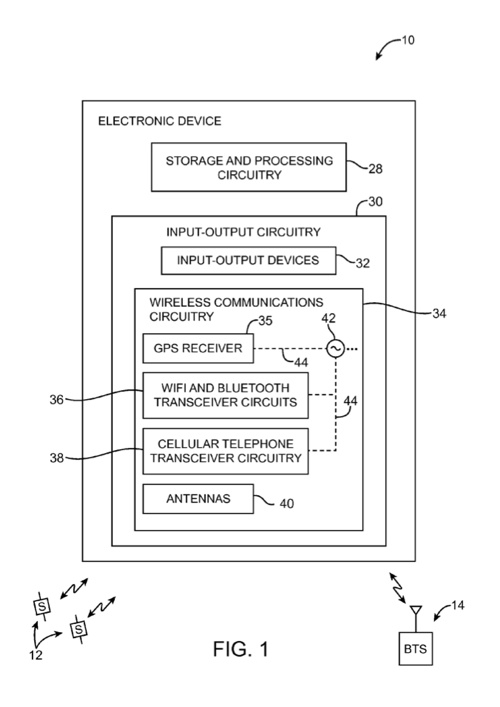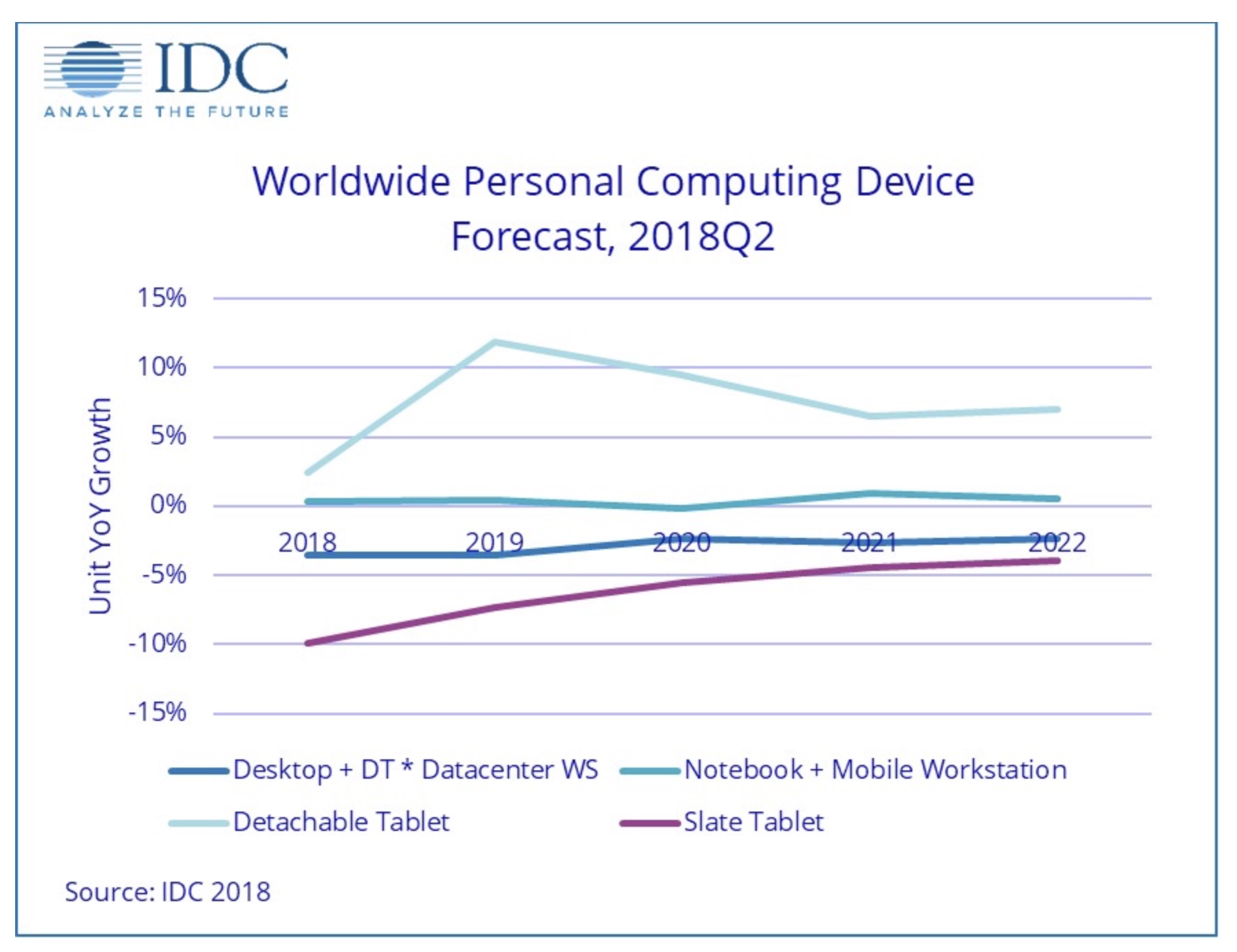As evidenced by a new patent (number 8054221) at the US Patent & Trademark Office that shows Apple is working on satellite navigation system for portable devices.
Per the patent, a portable user device may provide Global Positioning System (GPS) services. The device may include a GPS receiver. The GPS receiver may provide accurate information about the current location of the device. A user may use the device to perform tasks. Certain tasks may generate excess heat or de-generate heat that causes the GPS receiver to perform unsatisfactorily. Methods are provided that can test GPS receiver performance during acquisition mode and during tracking mode.
During testing, the GPS receiver may be given a predetermined amount of time to acquire a GPS fix. The GPS receiver may be tested repeatedly to acquire successive GPS fixes. After a desired number of tests are performed, a success rate may be calculated. If the success rate is satisfactory, the GPS receiver satisfies design criteria. If the success rate is not satisfactory, the GPS receiver may be reconfigured with new settings.. The inventors are Anh Luong and Daniel Kong.
Here’s Apple’s background and summary of the invention: “Electronic devices use satellite navigation systems to support navigation functions. For example, an electronic device may use a satellite navigation system such as the Global Positioning System (GPS) to obtain position information, timing information, and other navigation information. The Global Positioning System includes satellites that orbit the Earth, Earth-based control and monitoring stations, and GPS receivers that are located within the electronic devices. GPS services may be provided on a continuous basis anywhere that is within range of the orbiting satellites.
“A portable electronic device may include a GPS receiver. The GPS receiver may sometimes be referred to as a GPS unit. The GPS unit determines the current position (location) of the portable electronic device. During operation, the GPS unit may receive data streams from GPS satellites orbiting the Earth. Using a local clock, the GPS unit analyzes each data stream to make a transit time and distance estimation.
“A method known as geometric trilateration may be used to determine the location of the GPS unit by analyzing the estimated distances of each of the satellites to the GPS unit. The accuracy of location measurements made using the GPS unit depends on accuracy of the local clock. The local clock is typically implemented using a crystal oscillator. If the output of the oscillator exhibits errors, the GPS receiver may not function as expected.
“Some GPS units are housed in dedicated handheld devices. Other GPS units are used in more complex devices such as cellular telephones. Devices such as these may have components whose operations can adversely affect GPS performance.
“As an example, a cellular telephone may include cellular telephone transceiver circuitry that is used to make telephone calls. The cellular telephone transceiver circuitry includes power amplifier circuitry that transmits radio-frequency (RF) signals to a nearby base station. If care is not taken, a rapid change in heat generated from the power amplifier circuitry may adversely affect the accuracy of the oscillator in the GPS unit, thereby resulting in degraded GPS performance. Acquiring a GPS location measurement when making a phone call may therefore be unacceptably slow.
“Conventional arrangements for testing GPS receiver performance involve measuring the performance of the GPS unit while the power amplifier circuitry is placed in an active mode that constantly transmits radio-frequency signals. The performance of the GPS unit, however, may be most adversely affected when the thermal transient (i.e., the instantaneous change in heat generated by the cellular telephone transceiver circuitry) is maximized.
“Testing GPS performance using the conventional approach is not a rigorous test of GPS performance, because leaving the power amplifier circuitry in the active mode does not maximize thermal transient. It would therefore be desirable to be able to provide ways of testing GPS receiver performance.
“An electronic device such as a portable user device may provide satellite navigation system services such as Global Positioning System (GPS) services. The user device may include a satellite navigation receiver such as a GPS receiver, storage and processing circuitry, cellular telephone transceiver circuitry (cellular radio), etc. The GPS receiver may provide information such as a current location of the user device.
“In addition to providing the GPS services, the user device may be used perform various tasks. For example, the user device may be used to make telephone calls, browse the Internet, run gaming applications, take pictures, etc. Performing these tasks may produce thermal transient that momentarily raises the temperature of the GPS receiver.
“If the GPS receiver suffers from rapid changes in temperature (e.g., if a high temperature gradient is produced on a printed circuit board on which GPS circuitry is mounted), the GPS receiver may not function properly. It may be desirable to test GPS receiver performance in the presence of such thermal transient (i.e., heat-inducing) activities.
“A test system in which a device under test (DUT) is tested may include test equipment such as a base station emulator and a test host. The base station emulator and the DUT may be coupled to the test host during testing.
“The DUT may be operable in an acquisition mode or a tracking mode. During acquisition mode testing, the GPS receiver may be given a time to fix (TTF) to acquire a GPS fix (lock) during activating or deactivating a heat-inducing activity (e.g., in response to turning on or turning off power amplifier circuitry at a specific duty cycle). GPS data may be cleared from the DUT before attempting another GPS acquisition. After a desired number of tests have been performed, an acquisition success rate may be calculated.
“If the acquisition success rate satisfies a predetermined threshold, the GPS receiver satisfies performance criteria, and the DUT is marked as a passing DUT. If the acquisition success rate is less than the predetermined threshold, the DUT is marked as a failing DUT. The GPS receiver may be reconfigured with new settings aimed to improve GPS performance (e.g., to increase the distance between the GPS receiver and the cellular radio, or provide better ground plane to dissipate heat, or adding thermal pad).
“During tracking mode testing, the GPS receiver may be given time-to-fix (TTF), and the GPS receiver may be in hot start. The GPS receiver may initially be given a sufficient amount of time to acquire fixes to update its ephemeris without any thermal effect activities. Subsequently, the GPS receiver may continue to acquire a GPS fix during activating or deactivating a thermal effect activity.
“GPS data need not be cleared from the DUT before attempting another GPS fix. After a desired number of tests have been performed, a tracking success rate may be calculated. If the tracking success rate is greater than a predetermined threshold, the GPS receiver satisfies performance criteria. If the tracking success rate is less than the predetermined threshold, the GPS receiver may be reconfigured with new settings.”
— Dennis Sellers



